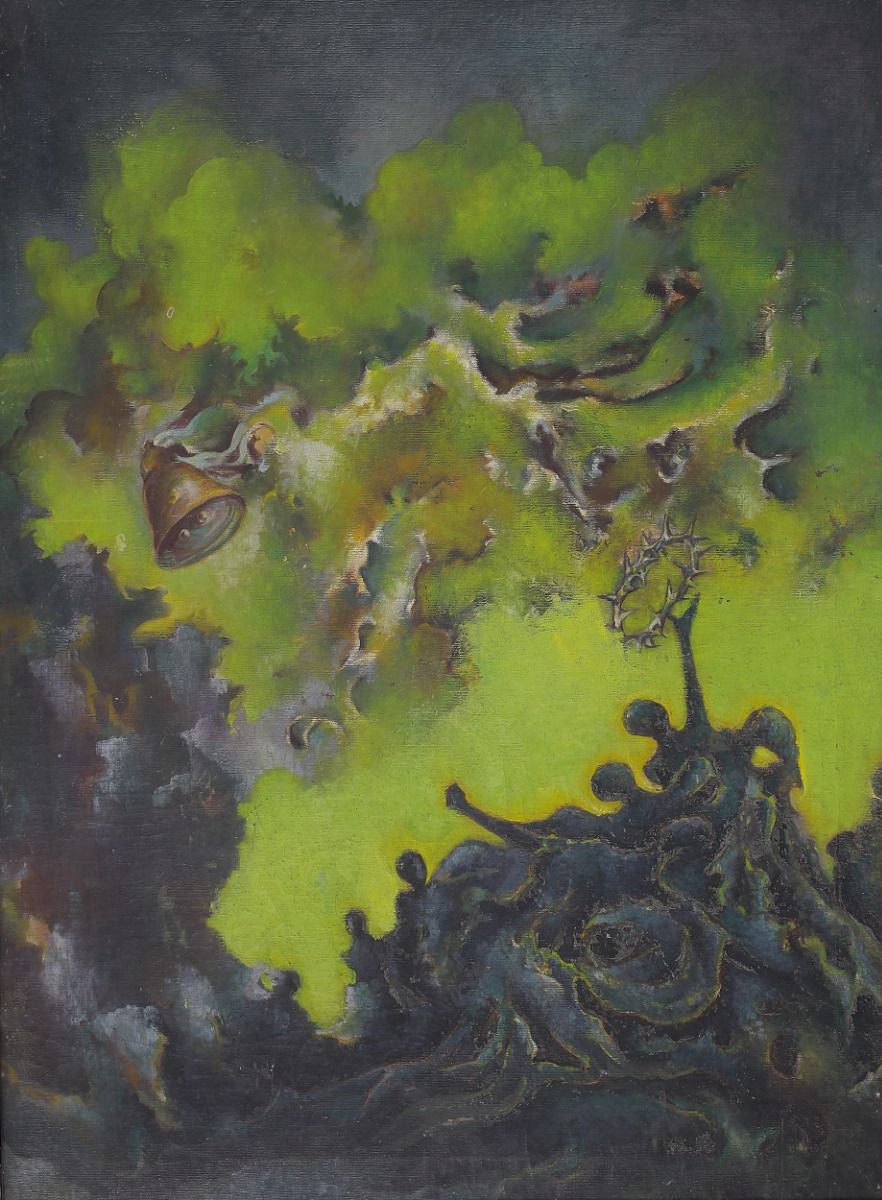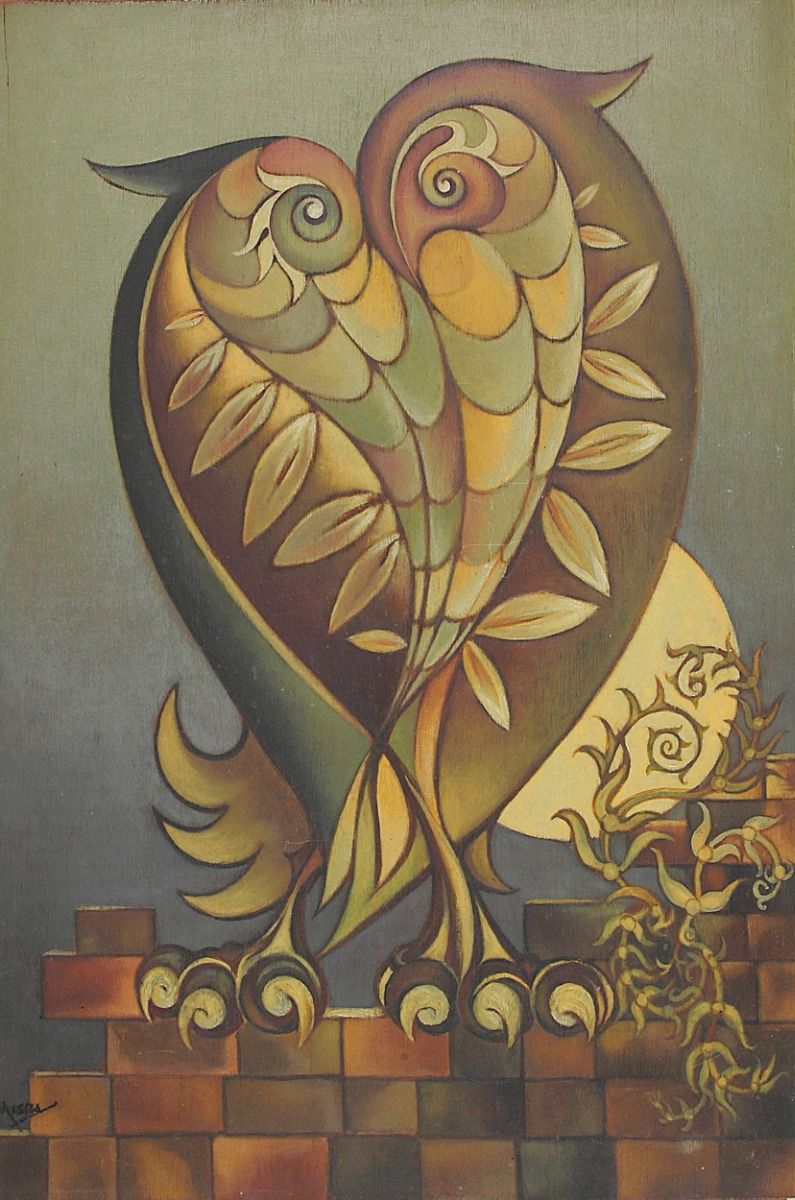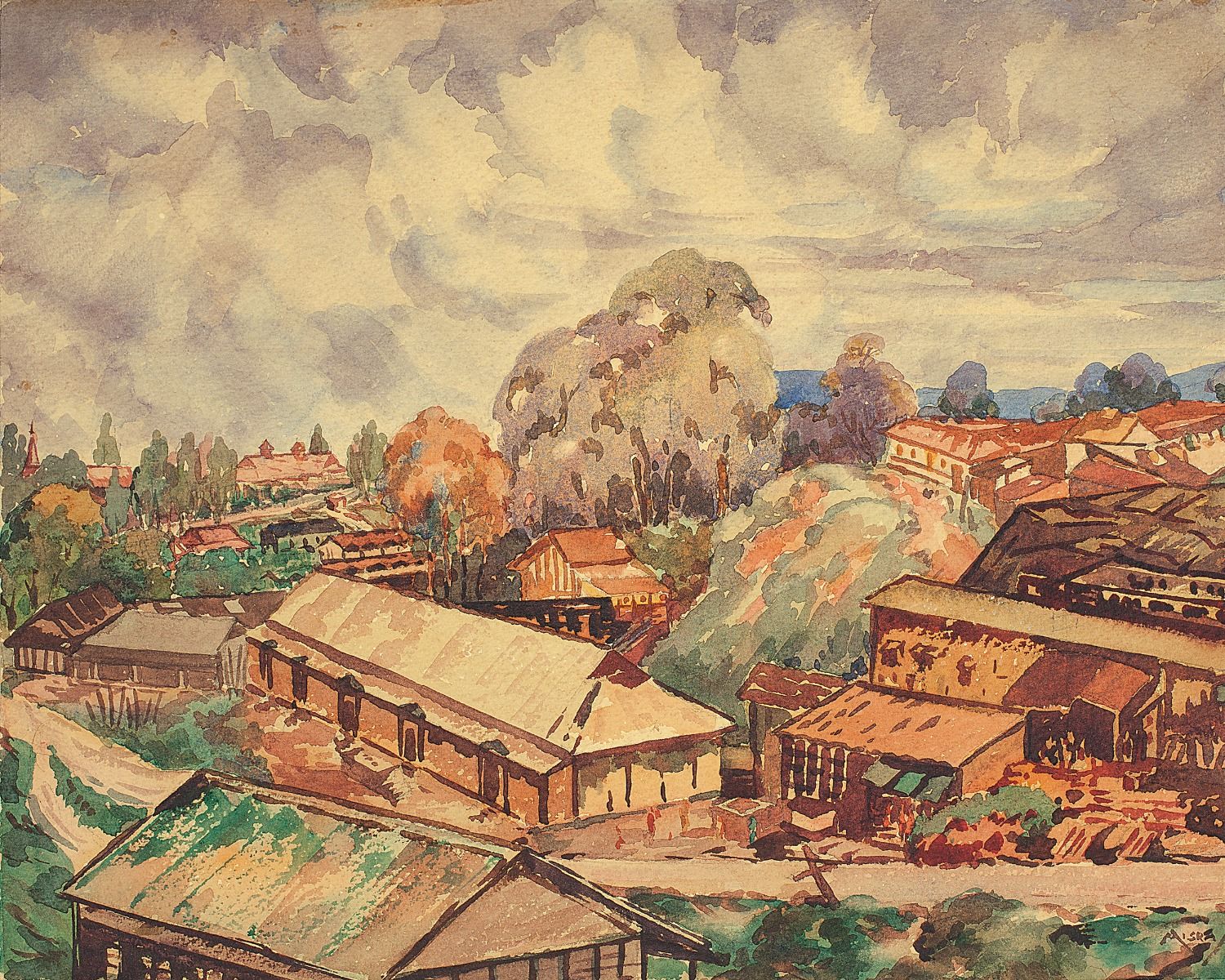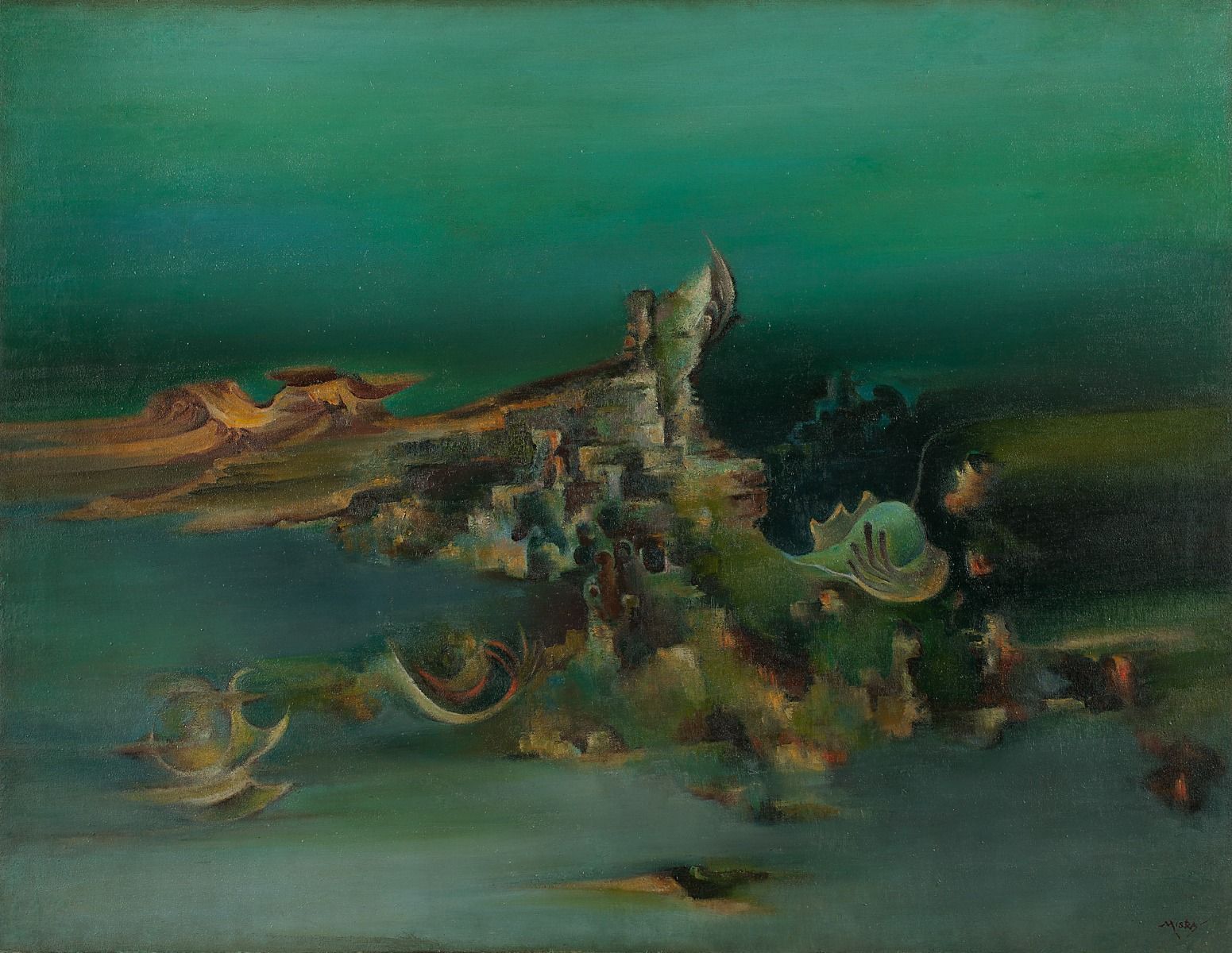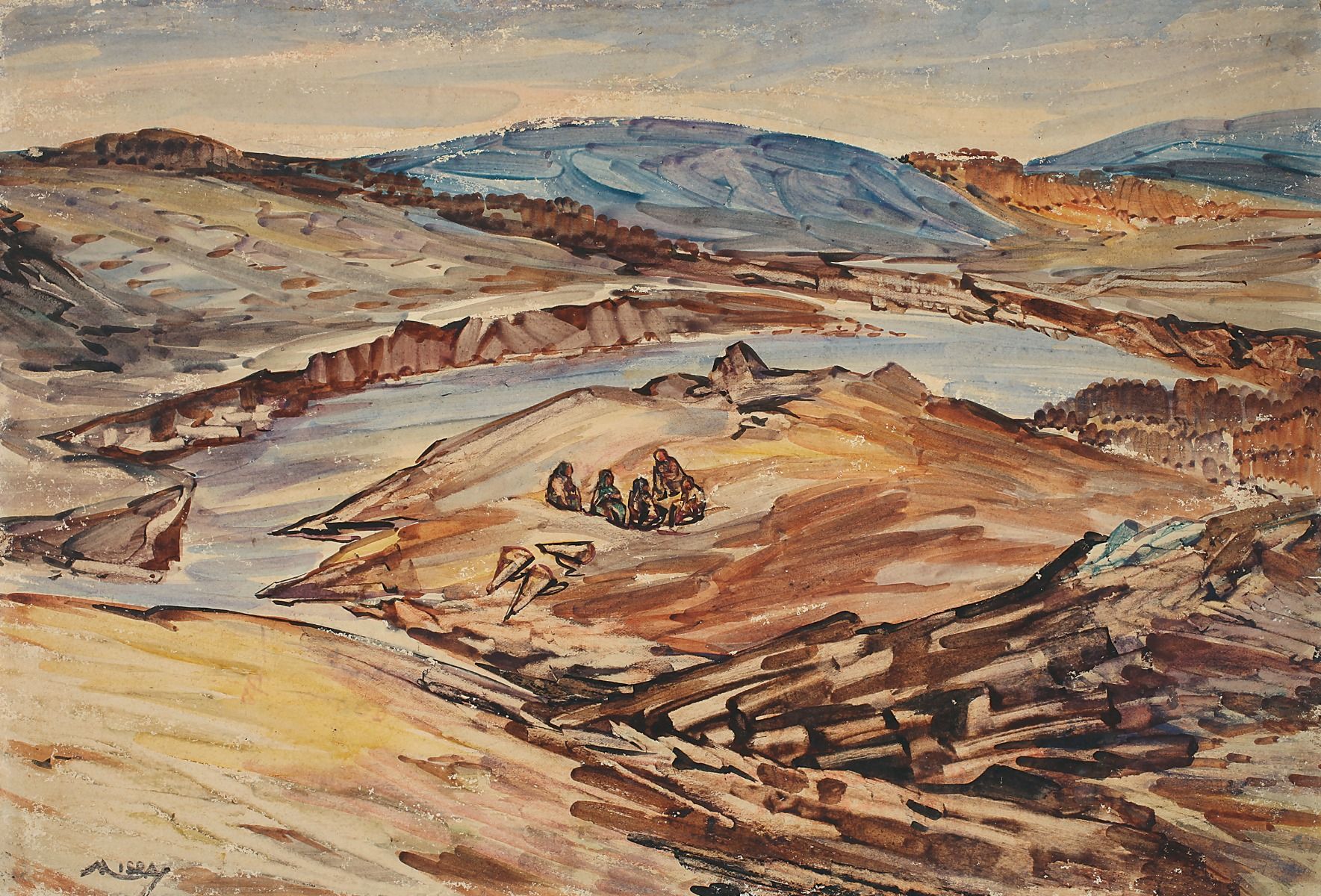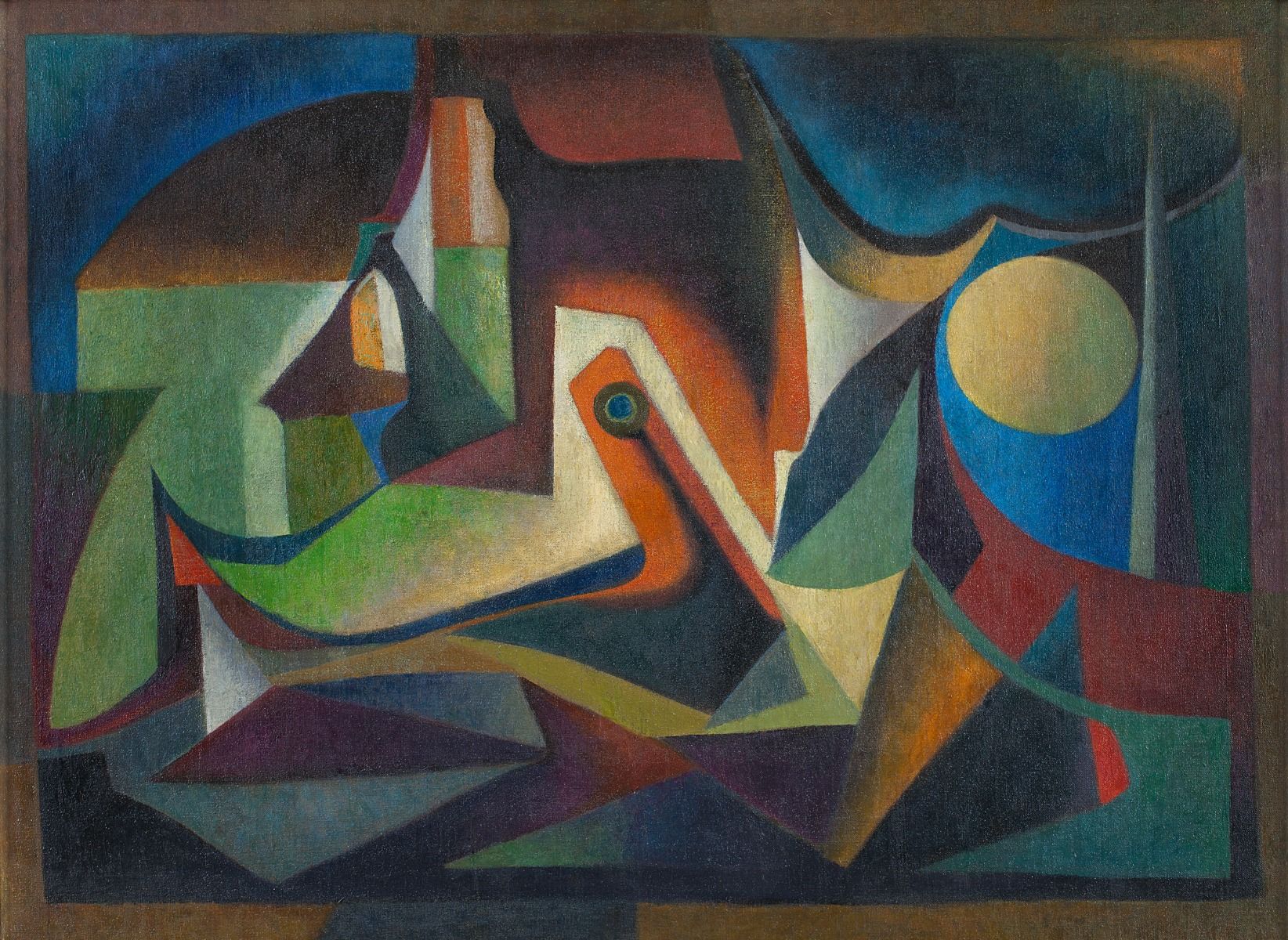Transmutation into Green Gold
Transmutation into Green Gold
Transmutation into Green Gold
|
Hemanta Misra Transmutation into Green Gold year 1968-69 size 34.2 x 24.7 in. / 86.9 x 62.7 cm. medium Oil on canvas published references |
| Art Artist Names Single | Hemanta Misra |
|---|



